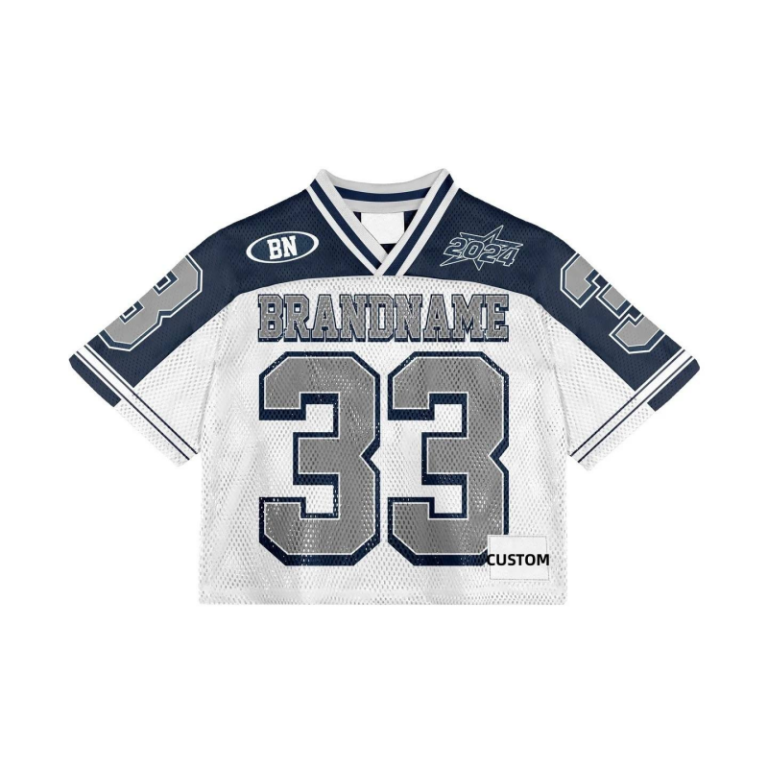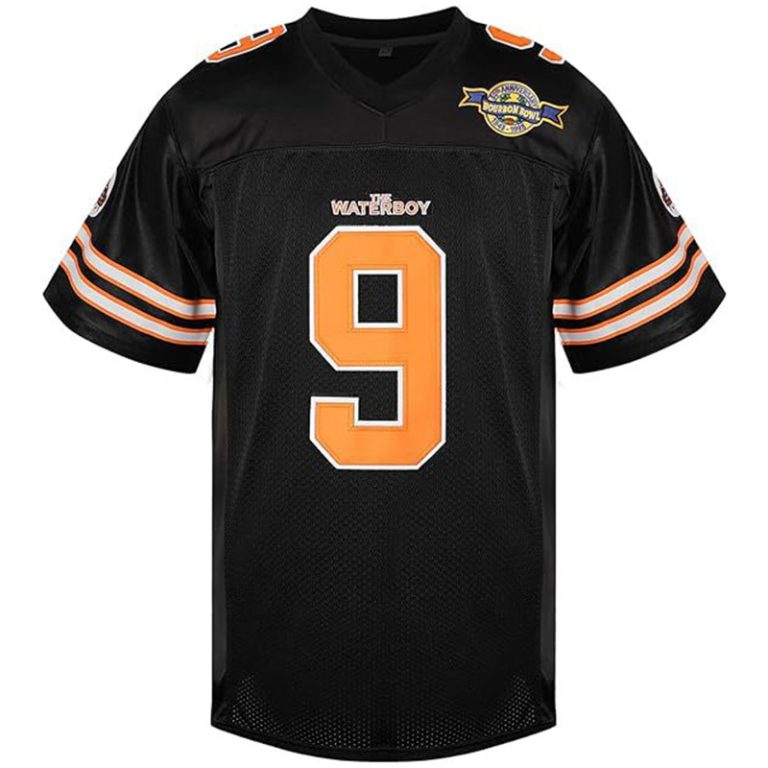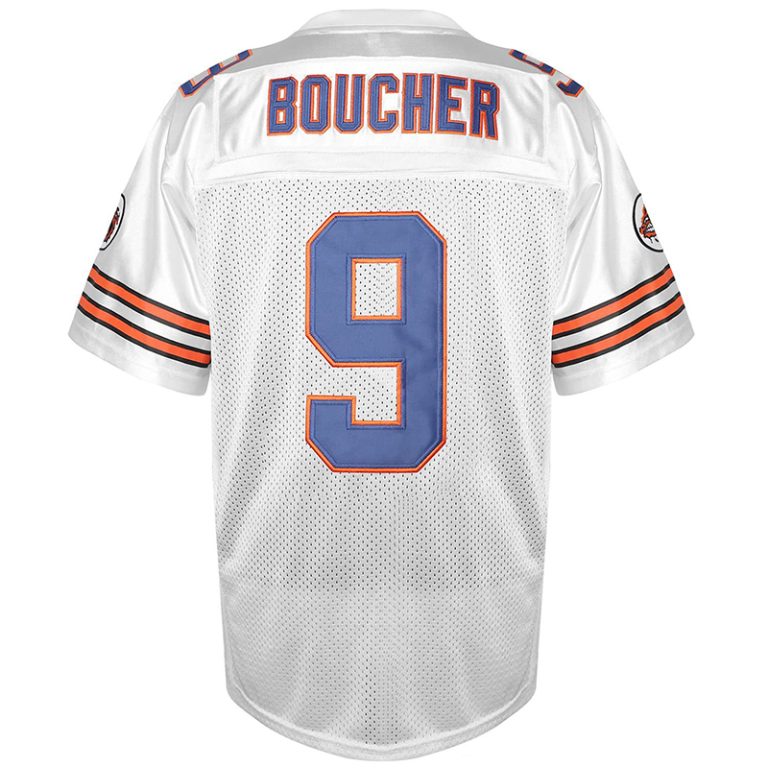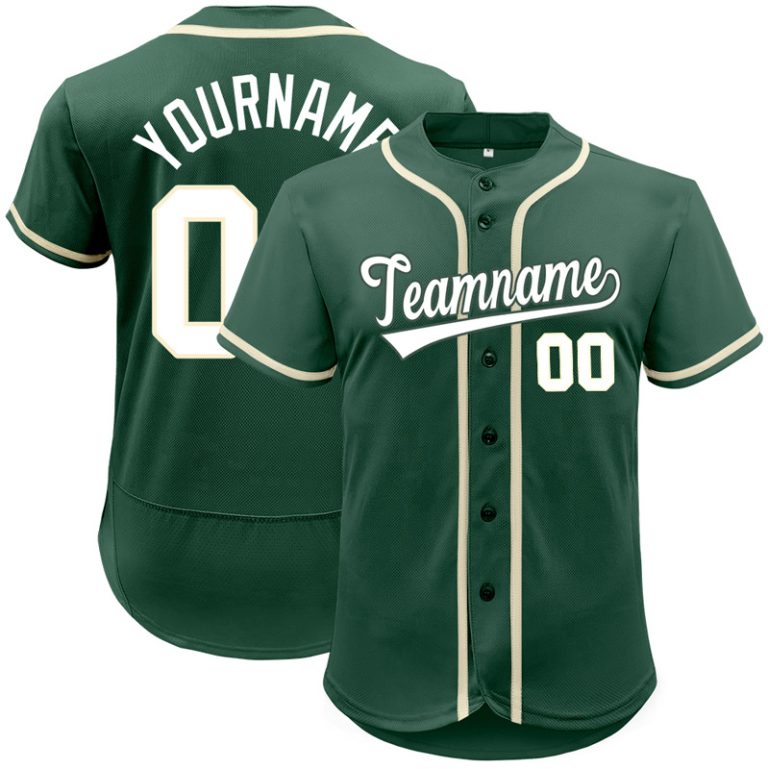Is a Jersey a Shirt? The Distinctive World of Basketball, Soccer, and Baseball Jerseys
In the realm of sports attire, the jersey stands as a piece of clothing that transcends its simple definition. While many might consider it merely a type of shirt, the jersey holds a deeper significance and has evolved into a symbol of pride, identity, and fashion. Today, we delve into the multifaceted world of the jersey, exploring its origins, its role in sports culture, and its impact on the fashion landscape.
Understanding the Basics: What is a Jersey?
A jersey, at its core, is a specialized type of shirt designed with the needs of athletes in mind. Unlike a standard shirt, a jersey is crafted to provide comfort, flexibility, and sometimes even protection during rigorous physical activities. Let’s delve into the basics to better understand what makes a jersey distinct.
The primary purpose of a jersey is to offer a snug fit that doesn’t restrict movement. This is achieved through the use of stretchy materials like spandex or Lycra, which allow for ease of motion. The fabric is often lightweight and breathable, helping to wick away sweat and keep the wearer cool. The cut of a jersey is tailored to follow the contours of the body, ensuring that it moves with the athlete rather than against them.
In addition to its functional aspects, a jersey is typically adorned with graphics and logos. These designs not only serve as a form of branding but also play a significant role in team identity and fan culture. The colors and patterns are often bold and eye-catching, making a statement both on and off the field.
One of the defining features of a jersey is its pocket. While many shirts lack a pocket, jerseys often include a small one, usually on the left side, which is perfect for storing essentials like a cell phone, keys, or a small snack. This practical addition is a testament to the jersey’s origins in sports, where athletes need quick access to items during play.
The term “jersey” has its roots in the United States, specifically in the sport of baseball. It was named after the New York Giants’ home stadium, the Polo Grounds, which was located in the borough of Manhattan, commonly referred to as “the Borough of Jerseys.” The team’s players wore red flannel shirts, which became known as “jerseys.” Over time, the term has expanded to encompass a wide range of sports, from American football to soccer.
While a jersey is a type of shirt, it is not simply a regular shirt. The fabric, fit, and design elements are all tailored to the demands of sports. For example, a basketball jersey might have a shorter length to allow for better arm movement, while a soccer jersey might be constructed with a higher collar to protect the neck during collisions.
In terms of construction, jerseys are often made with flat seams to prevent irritation and chafing, which can be a problem with the thicker seams found in many regular shirts. The stitching is also typically reinforced in high-stress areas, such as the shoulders and arms, to ensure durability.
Another aspect that sets jerseys apart is the ventilation. Many jerseys have mesh panels or underarm gussets to enhance airflow and reduce the risk of overheating. This is particularly important in sports that involve intense physical exertion.
When it comes to the fit, jerseys are designed to be form-fitting without being tight. This allows for a full range of motion while still providing a snug feel that keeps the jersey in place during activity. The length of the jersey also varies by sport; for instance, a baseball jersey is often shorter than a soccer jersey to accommodate the different movements required in each game.
In terms of style, jerseys can range from the classic, single-color designs found in sports like basketball and American football to the multi-colored, patterned jerseys popular in soccer and other team sports. The design often reflects the team’s history, colors, and sometimes even the city or region it represents.
In conclusion, a jersey is a specialized shirt that is designed to meet the unique needs of athletes. Its form-fitting nature, functional features, and often bold design make it a staple in sports apparel. While it shares some similarities with a regular shirt, the differences in material, construction, and purpose make the jersey a distinct and essential piece of athletic attire.
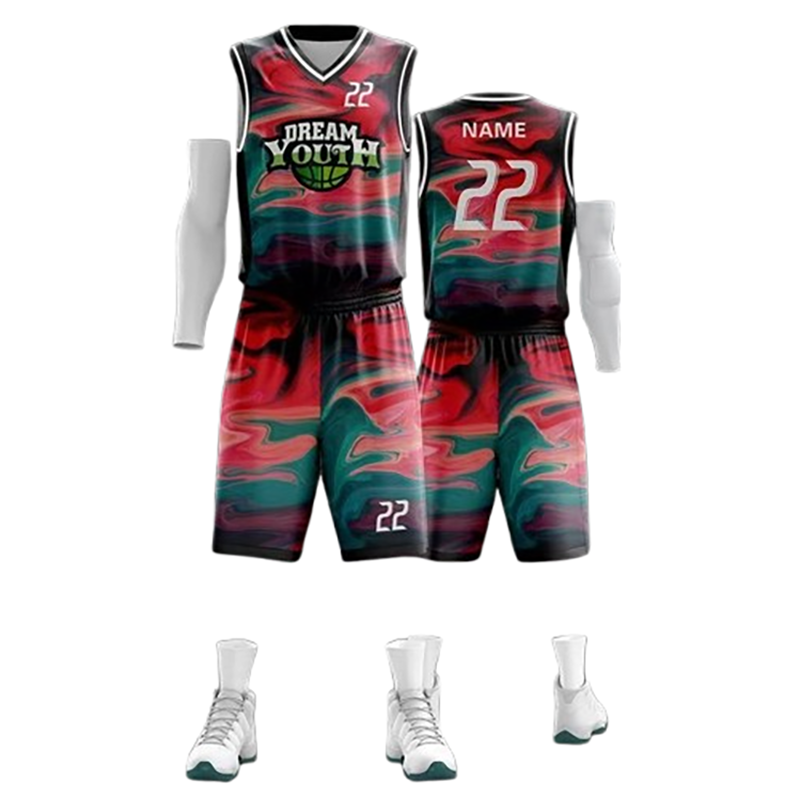
The Distinction Between a Jersey and a Shirt
In the realm of sports attire, the term “jersey” often brings to mind vivid images of athletes in action, their vibrant colors and numbers emblazoned across their chests. Yet, when it comes to understanding the distinction between a jersey and a shirt, the lines can sometimes blur. Here’s a closer look at what sets these two items apart.
The fabric composition is one key difference. Jerseys are typically made from moisture-wicking materials, designed to keep athletes dry and comfortable during intense physical activity. This is a stark contrast to the traditional shirt, which may be made of cotton or other materials that don’t offer the same level of moisture management.
The fit is another differentiator. Jerseys are usually tailored to be snugger, providing a streamlined silhouette that doesn’t hinder movement. They’re designed to be worn close to the skin to enhance breathability and allow for better movement. In contrast, a shirt is often more relaxed, offering room to move and less restriction.
Design elements also play a role in the distinction. Jerseys often feature a collar that is more akin to a turtleneck or a round neck, which helps to keep the player’s neck warm during cooler weather or in the off-season. Shirts, on the other hand, might have a collared design that’s more formal, such as a button-down or a spread collar, which is less common in athletic apparel.
The presence of sponsorships and advertisements is a hallmark of many jerseys. Teams and athletes use these as a means of promoting their sponsors, which can range from local businesses to major corporations. Shirts, while they can also carry sponsorships, often do so in a less prominent or integrated manner.
The cut and construction of the sleeves also differ. Jerseys usually have shorter sleeves that are designed to fit under the arm pads or other protective gear that athletes might wear. This allows for a full range of motion and doesn’t interfere with the player’s ability to use their arms effectively. Shirts, especially those worn as casual attire, tend to have longer sleeves that hang down past the wrists.
The history of the jersey as we know it today also contributes to its unique status. Initially, jerseys were used by rugby players to differentiate teams during matches. Over time, they became popular in American football, and eventually, other sports adopted the concept. Shirts, on the other hand, have been a staple of everyday attire for much longer, with roots in historical garments like the tunic.
The use of numbers and names is another distinguishing factor. Jerseys almost universally include the player’s number and name, often prominently displayed on the back. This serves not only as a way to identify players but also as a form of personal branding. Shirts, while they can feature names and numbers, usually do not do so in the same way, as they are more commonly associated with the brand or design rather than individual recognition.
The cultural significance of the jersey is also worth noting. It’s not uncommon for jerseys to become iconic symbols of a team or an athlete, with fans wearing them to express their support. In this sense, the jersey transcends the function of just being a piece of clothing; it becomes a symbol of pride, tradition, and community. Shirts, while they can carry cultural significance as well, are typically more about personal style and comfort.
The occasions for wearing them also differ. Jerseys are most often associated with athletic events, whether it’s a professional game, a casual pick-up game, or even training sessions. Shirts, however, can be worn on a daily basis, whether it’s for work, casual outings, or special events.
The price point can also be a distinguishing factor. Jerseys, especially those of professional athletes, can be quite expensive due to their branding, design, and limited availability. Shirts, particularly those that are more casual or generic in design, are often more affordable and accessible to a wider audience.
The longevity of the garment is another consideration. Jerseys are often designed with durability in mind, to withstand the rigors of athletic competition. They can be more prone to wear and tear, but they are also meant to be replaced more frequently due to their specialized function. Shirts, while also durable, are typically designed to last longer and are not intended for the same level of physical activity.
In summary, while both jerseys and shirts are garments worn on the upper body, they serve different purposes and have distinct features. The fabric, fit, design, function, and cultural significance all contribute to the clear distinction between these two types of attire. Whether you’re cheering for your favorite team or just looking for a stylish piece of clothing, understanding these differences can help you choose the right item for the occasion.
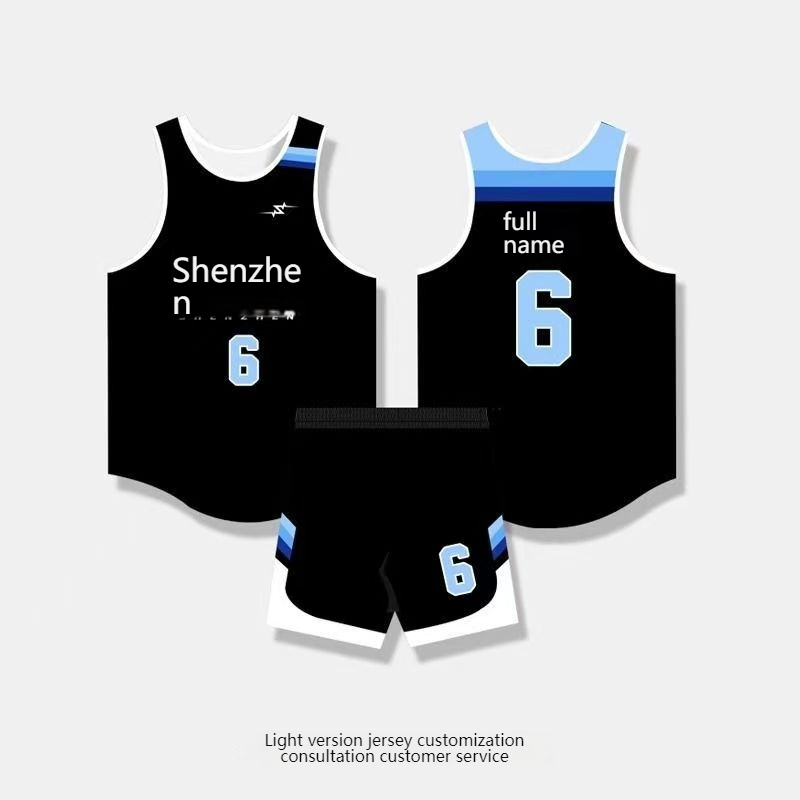
Jerseys: More Than Just a Shirt
Jerseys are more than just a shirt—they are a symbol of identity, a canvas of personal style, and a connection to the world of sports. Here’s a deeper look into what makes a jersey stand out from the ordinary clothing items:
In the realm of sports, a jersey is often the first thing that comes to mind when thinking about a player’s attire. Unlike a standard shirt, a jersey is designed with the athletic in mind, featuring breathable materials and strategic cuts to enhance performance. The fabric is typically lightweight and moisture-wicking, ensuring comfort during intense physical activity.
The graphics on a jersey are where it truly shines. Whether it’s a team’s logo, player names, or sponsorships, each design element carries meaning. A jersey is not just a uniform; it’s a visual representation of the team’s spirit and history. The colors and patterns are chosen to evoke emotions and foster a sense of unity among fans and players alike.
One of the key aspects that differentiate a jersey from a regular shirt is the numbering system. Each player’s jersey is adorned with a unique number, which not only identifies them but also signifies their position on the field. This numbering system creates a personal connection between the athlete and the wearer, as fans often seek out the jersey of their favorite player.
Beyond the sports field, jerseys have become a fashion statement. Celebrities, influencers, and everyday style enthusiasts alike have embraced the jersey trend. The reason? They offer a blend of comfort, uniqueness, and a touch of athleticism that transcends the boundaries of traditional clothing. From casual wear to formal events, a jersey can be a bold addition to any outfit.
The story of a jersey is often intertwined with the story of the team it represents. Each design change, from a new logo to a celebratory patch, reflects the evolution of the team’s journey. For fans, owning a jersey is more than purchasing a piece of clothing—it’s about becoming a part of that narrative.
In the world of collectibles, jerseys hold a special place. They are cherished by sports enthusiasts and collectors for their historical significance and connection to the athletes who wore them. Some jerseys are even worth a small fortune, fetching high prices at auction due to their rarity or the fame of the player who once owned them.
The customization options for jerseys have also expanded their appeal. Personalized jerseys, with names and numbers of favorite players, allow fans to feel closer to the sport and the stars they admire. It’s a way to express support and loyalty, wearing a piece of the team they love every day.
In corporate settings, jerseys have become a popular item for promotional purposes. Companies use them as giveaways, souvenirs, or incentives, leveraging the emotional connection people have with their favorite teams to create a stronger brand identity.
The craftsmanship that goes into making a jersey is also noteworthy. From the stitching to the embroidery, attention to detail is paramount. The quality of the materials and the durability of the design ensure that a jersey can be a cherished item for years to come.
Lastly, the social aspect of jerseys cannot be overstated. They are a common denominator in gatherings, whether it’s a tailgate party, a sports bar, or a simple group of friends watching a game. A jersey is a conversation starter, a catalyst for shared experiences, and a bridge between strangers who share a love for a particular sport or team.
In conclusion, while a jersey may appear to be just a shirt, it is so much more. It’s a fusion of functionality, fashion, and fan culture, encapsulating the essence of what it means to be part of a sports community. Whether you’re a player, a fan, or simply appreciate a good-looking piece of clothing, a jersey has the power to bring people together and leave a lasting impression.

Sports and the Jersey as a Symbol
Sports have a unique way of weaving into the fabric of culture, and the jersey is a powerful symbol that transcends the boundaries of the playing field. It’s more than just a piece of clothing—it’s a badge of pride, a symbol of identity, and a connection to a community.
The jersey’s role in sports is multifaceted. It’s the uniform that athletes wear, designed to provide comfort and functionality during intense physical activity. The material is often lightweight and breathable, designed to wick away sweat and allow for unrestricted movement. Yet, beyond its practicality, the jersey carries a deeper significance.
In team sports, the jersey is a visual representation of the team itself. It’s adorned with the team’s name, logo, and colors, making it an instant identifier on the field. When fans see a particular jersey, they immediately associate it with the players who wear it and the spirit of the team. It’s a unifying factor that brings players together, fostering a sense of camaraderie and shared purpose.
For players, the jersey is a form of personal expression. Many athletes customize their jerseys with their own name and number, making it a unique piece of personal branding. This individualization allows fans to connect with their favorite players on a more personal level, turning a jersey into a cherished memento or a fashion statement.
The jersey also serves as a symbol of achievement. In sports, wearing a specific jersey can signify a player’s status within the team or even their place in history. For example, when a player earns the right to wear the captain’s armband on their jersey, it’s a testament to their leadership and respect among their peers. The jersey can also carry the legacy of a legendary player, like when a team retired a jersey number in honor of a former great.
Beyond the realm of professional sports, the jersey has become a cultural icon. It’s not uncommon to see fans wearing jerseys of teams from their hometowns, countries, or even international clubs. This extends beyond just following a team; it’s about wearing a piece of one’s identity. It’s a statement of loyalty, a way to show that you belong to a particular group or share a common passion.
In the world of sports, the jersey has also become a platform for social change and activism. Athletes have used their jerseys to bring attention to important causes, whether it’s wearing special patches or raising awareness through their actions. The jersey, as a symbol of the player, can amplify their message and reach a wider audience.
The jersey’s role in sports extends to the international stage. During major tournaments like the FIFA World Cup or the FIFA Women’s World Cup, fans from around the globe don the jerseys of their favorite teams, creating a sea of colors that unites fans and fosters a sense of global community.
In sports, the jersey is also a bridge between generations. Young fans often look up to their heroes and emulate them by wearing the same jersey. It’s a way of aspiring to be like the players they admire, a dream that many hope to one day fulfill by wearing the jersey themselves.
The jersey is more than just a shirt; it’s a narrative. It tells stories of triumph and defeat, of unity and diversity. It’s a visual testament to the hard work, dedication, and passion that athletes pour into their sports. It’s a reminder of the human spirit and the power of collective pride.
In conclusion, the jersey is a symbol that encapsulates the essence of sports. It’s not just a piece of clothing; it’s a connection to a team, a reflection of a player’s identity, a symbol of achievement, and a platform for social change. It’s a universal language that transcends borders and brings people together, making it an integral part of the sports experience.
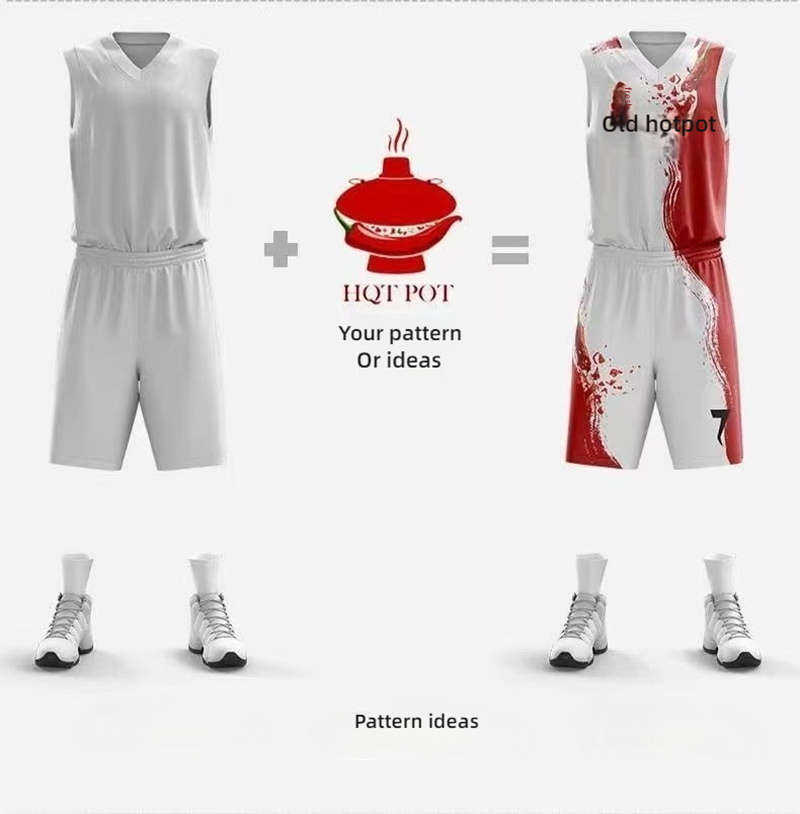
Fashion Trends and the Versatility of Jerseys
Jerseys have transcended their original purpose as mere sports attire to become a fashion staple that embodies versatility and style. Here’s a closer look at how they’ve become a symbol of both athleticism and chic.
The evolution of the jersey from a functional piece to a fashionable item is evident in the way it’s embraced by celebrities and fashion icons. Once solely worn by athletes on the field, jerseys have found their way into the wardrobes of the stylish elite. They’ve been spotted on the red carpets, in music videos, and even at high-fashion events, where they serve as a statement piece that blends sports culture with the latest trends.
One of the key factors contributing to the jersey’s fashionability is its ability to be mixed and matched with various styles. Whether it’s a classic crew-neck design or a bold V-neck, jerseys offer a range of options that can be tailored to different fashion preferences. They can be paired with jeans for a casual look, tucked into chinos for a smart-casual ensemble, or even dressed up with tailored trousers for a more formal appearance.
The color palette of jerseys has expanded significantly, offering a wide array of hues and patterns that cater to diverse tastes. From the iconic colors of sports teams to bold, neon shades, jerseys have become a canvas for expressing personal style. This versatility is further enhanced by the introduction of graphic designs and logos, which allow fans to show their support for their favorite teams while also adding a unique touch to their outfit.
Athletic brands have also played a crucial role in popularizing the jersey as a fashion item. By collaborating with high-end designers and celebrities, they have created limited-edition collections that blend the best of sports and fashion. These collaborations often result in jerseys that are as much a status symbol as they are a piece of sportswear, with prices that reflect their exclusive nature.
Fashion enthusiasts have embraced the jersey’s adaptability, using them in unexpected ways. They’ve been seen layered over blazers, worn as outerwear on cooler days, or even as the base layer under a fitted shirt. This layering technique not only adds texture to an outfit but also allows for a more personalized style, as the jersey can serve as a focal point or a subtle accent.
The rise of streetwear culture has also had a significant impact on the popularity of jerseys. Brands like Supreme and Off-White have incorporated jerseys into their collections, turning them into must-have items for fashion-forward individuals. The streetwear aesthetic often involves juxtaposing high and low fashion, and the jersey fits perfectly into this mix, offering a nod to the origins of sportswear while also being a contemporary fashion choice.
Athletic apparel companies have recognized the jersey’s potential and have started to produce more stylish, breathable fabrics that are designed for both performance and style. Performance wear has become increasingly fashionable, with moisture-wicking materials and sleek designs that appeal to both athletes and fashion enthusiasts alike.
The customization of jerseys has also become a trend, with fans and individuals opting to have their names or numbers printed on them. This personal touch not only adds a unique element to the outfit but also serves as a tribute to favorite players or a personal statement of identity.
Moreover, the nostalgia factor associated with jerseys cannot be overlooked. Many people have fond memories of wearing their favorite team’s jersey as a child, and the rekindling of those memories through fashion is a powerful draw. It’s this connection to nostalgia that makes jerseys a timeless piece in any fashion-forward wardrobe.
In conclusion, the jersey’s journey from the sports field to the fashion runway is a testament to its adaptability and enduring appeal. Its ability to be both functional and fashionable, coupled with its wide range of styles and designs, has solidified its place as a versatile and iconic item in the world of fashion. Whether it’s being worn by athletes on the pitch or by trendsetters on the streets, the jersey continues to be more than just a shirt—it’s a symbol of style, identity, and the intersection of sports and fashion.

The History of the Jersey
The evolution of the jersey from a simple piece of clothing to a symbol of pride and fashion is a fascinating journey. Its origins can be traced back to the early 20th century, and its impact has grown far beyond the confines of the sports field. Here’s a look into the rich history of the jersey.
In the early days of sports, players wore plain, unadorned shirts that were more functional than stylish. These garments were typically heavy and made from wool or cotton, designed to absorb sweat and keep players warm during long matches. However, as the popularity of sports grew, so did the need for a way to differentiate between teams and players.
The first known use of a jersey in sports occurred in 1922 when the New York Yankees baseball team wore pinstriped shirts that were distinct from their regular uniforms. These shirts were not only a way to identify players but also a nod to the fashion trends of the time. The idea caught on quickly, and other sports teams soon followed suit.
In the 1930s, the concept of a numbered jersey became a staple in American sports. The first to adopt this practice was the University of Chicago football team, which assigned numbers to their players in the 1930 season. This innovation made it easier for fans to follow the action and cheer for specific players. The number also became a symbol of individuality, as it was associated with a player’s skill and performance.
The 1950s saw the introduction of color to jerseys, which was a significant shift from the monochromatic look of earlier decades. The Baltimore Colts’ green and white home uniforms, introduced in 1953, were among the first to feature a color scheme that reflected the team’s identity. This move not only made the jerseys more visually appealing but also helped to create a sense of brand loyalty among fans.
The 1960s and 1970s were a period of experimentation and evolution for jerseys. The advent of synthetic fabrics like nylon and polyester allowed for lighter, more breathable materials that were better suited to the demands of high-intensity sports. This era also saw the rise of the “throwback” jersey, where teams would don vintage styles to honor their history or celebrate special events.
As the 1980s rolled in, the jersey became a fashion statement beyond the sports field. Hip-hop artists like Run-D.M.C. and LL Cool J were spotted wearing basketball jerseys, and the trend quickly spread. The popularity of hip-hop culture influenced the design of jerseys, with bold graphics and oversized sizes becoming the norm. This crossover into streetwear helped to popularize the jersey as a piece of clothing that could be worn off the field.
The 1990s saw the rise of the “retro” jersey trend, where teams would release limited-edition jerseys that paid homage to their past. These retro jerseys often featured original color schemes, fonts, and even the original style of numbering. Collectors and fans flocked to these releases, driving up the value of certain jersey designs.
The 2000s brought about a new wave of jersey customization, with players often adding their own flair to their uniforms. Names and numbers were often personalized, and in some cases, even the fabric and embroidery were customized. This era also saw the rise of the “third jersey,” which allowed teams to have a secondary uniform that could be used for special occasions or to honor significant milestones.
As the 21st century progressed, the jersey continued to evolve with technology. The introduction of moisture-wicking materials, temperature-regulating fabrics, and even interactive elements like LED lighting have made jerseys not only stylish but also practical. They are now designed to enhance performance and comfort for players, while still maintaining their iconic look.
Today, the jersey is more than just a piece of clothing; it’s a cultural icon. It represents the spirit of competition, the camaraderie of teamwork, and the passion of the fans. Whether worn on the field by athletes or off the field by fashion-conscious individuals, the jersey remains a versatile and enduring symbol of sports and style.
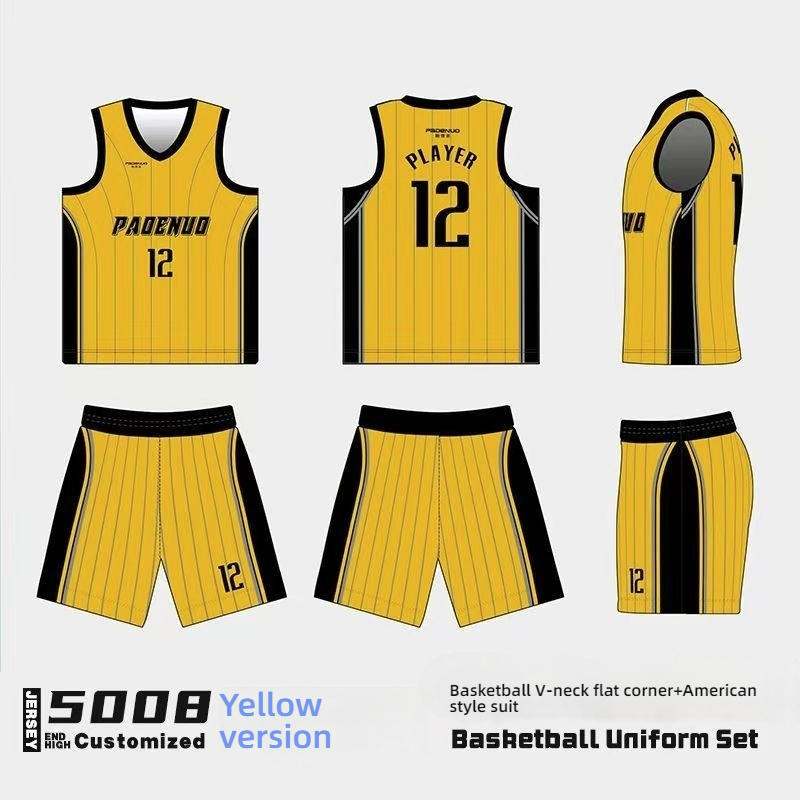
Conclusion: Is a Jersey a Shirt? It Depends!
Is a jersey a shirt? It depends on who you ask and the context in which the question is posed. While many might think of a jersey as a type of shirt, there are distinct characteristics that set it apart. Here’s a closer look at the complexities of this question.
Jerseys are often made of lightweight, breathable materials like cotton, polyester, or a blend of both. They are designed to be worn during physical activities, especially sports, and are tailored to provide a snug fit that allows for ease of movement. Unlike traditional shirts, which might be looser and more formal, jerseys are crafted to accommodate the demands of athletic pursuits.
In the realm of sports, the jersey serves a dual purpose. It not only provides comfort and functionality but also acts as a symbol of identity. Each team’s jersey is adorned with their logo, colors, and sometimes even individual player names and numbers. This design not only distinguishes the team from others but also fosters a sense of belonging among fans and players alike.
The jersey’s role as a symbol extends beyond the team’s identity. For fans, it can be a source of pride and loyalty. Wearing a jersey can mean supporting a particular team or player, whether it’s a cherished local club or a global sports sensation. This emotional connection adds a layer of meaning to the jersey that goes beyond its physical attributes.
Fashion trends have also embraced the jersey. Once solely associated with sports, jerseys have crossed over into the fashion world. They’re now seen on streets, in music videos, and even at high-end fashion shows. Designers have taken the classic jersey and given it a modern twist, incorporating bold prints, unique cuts, and high-end materials to appeal to a broader audience.
The versatility of jerseys is undeniable. They can be dressed up or down, depending on the occasion. A simple white or black jersey can pair effortlessly with jeans for a casual look, while a brightly colored or patterned jersey can serve as the focal point of a more vibrant ensemble. This adaptability has made jerseys a staple in many wardrobes, from the sports enthusiast to the fashion-forward individual.
When it comes to the history of the jersey, it’s a tale that intertwines with the development of sports itself. The earliest versions of the jersey were often simple, with players wearing them for the sake of identification. It wasn’t until the late 19th and early 20th centuries that the jersey started to take on a more sophisticated form.
In the world of soccer, the concept of a jersey can be traced back to the late 1800s when teams began to wear colored shirts to distinguish themselves from opponents. These early jerseys were typically long-sleeved, made of wool, and served more as a uniform than a fashion statement.
As sports evolved, so did the jersey. The introduction of synthetic materials in the mid-20th century allowed for lighter, more durable jerseys that could withstand the rigors of competitive play. This period saw the rise of iconic designs, with teams adopting bold color schemes and distinctive logos that have become synonymous with their brands.
Baseball was another sport that embraced the jersey as a means of expression. The New York Yankees, for example, were one of the first teams to adopt a jersey specifically for their players in the 1920s. This jersey, often referred to as the “home uniform,” featured a pinstriped design and became a symbol of the team’s elite status.
In American football, the jersey evolved from the simple, solid-colored uniforms of the early 20th century to the elaborate, multi-colored designs we see today. The NFL’s color rush initiative, which allows teams to wear alternate uniforms that feature a variety of colors, is a testament to the jersey’s evolving role in the sport.
The history of the jersey is not just about sports, however. It’s also a reflection of broader cultural changes. The jersey has been a part of social movements, from the civil rights era to modern activism, where athletes have used their jerseys to stand for a cause or to bring attention to social injustices.
In conclusion, the question of whether a jersey is a shirt is not as straightforward as it might seem. While it shares similarities with a shirt in terms of being an item of clothing, the jersey’s role in sports, as a symbol of identity and community, and its versatility in fashion trends set it apart. It’s a piece that has evolved over time, adapting to the needs of athletes, the expectations of fans, and the whims of fashion. Whether you see it as a shirt or something more, the jersey remains a powerful and enduring part of the sports and cultural landscape.



